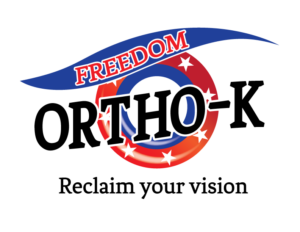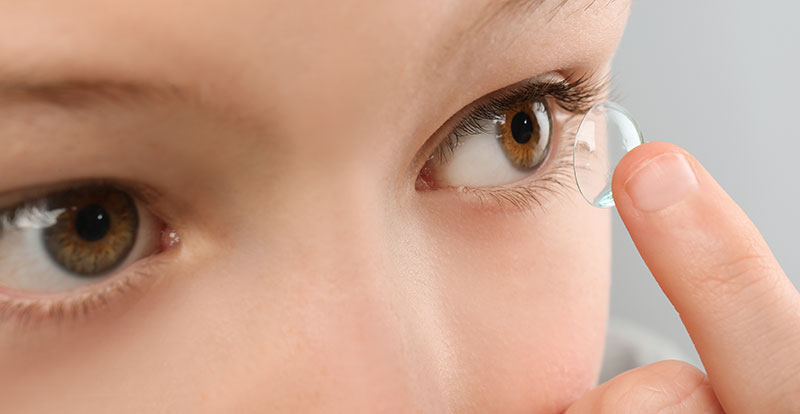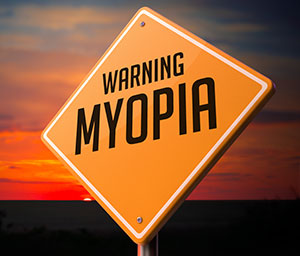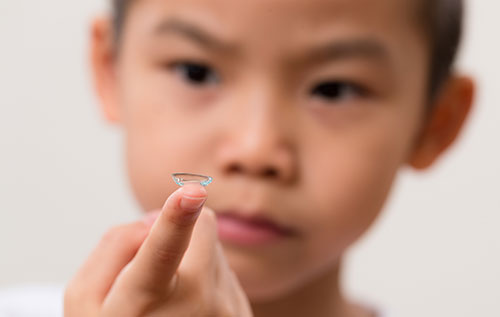 Orthokeratology is an exciting, non-surgical treatment approved for all ages that allows for clear vision and freedom from glasses and daytime contact lenses!
Orthokeratology is an exciting, non-surgical treatment approved for all ages that allows for clear vision and freedom from glasses and daytime contact lenses!
Orthokeratology, or ortho-k, is the use of specially designed and fitted contact lenses to temporarily reshape the cornea to improve vision. It’s like orthodontics for your eyes and the treatment is often compared to dental braces. Most ortho-k lenses are worn at night to reshape the front surface of the eye while you sleep. Vision improvements are reversible but can be maintained if you keep wearing the lenses as directed.

Who is ortho-k for?

Ortho-k is sometimes recommended to correct children’s vision. Vision can continue to change for some children into adulthood and their 20’s. Vision correction surgeries like LASIK are not recommended until vision is stable. Studies are mounting to demonstrate ortho-k is an effective method to slow down this progression of myopia so often seen in children and young adults. Dr. Whipple feels like ortho-k is one of the best ways with the least side effects to slow the progression of myopia.
How does ortho-k work?
The cornea is a clear, dome-shaped window in the front of your eye that focuses light onto the retina and is responsible for most of the eye’s ability to focus. Its tissue is very flexible.
Dr. Whipple will map and measure the surface of your cornea using an instrument called a corneal topographer and then design a lens, especially for your eye. The cornea map is created by reflecting light off the surface of the eye. The machine doesn’t touch your eye, and there is no pain. The corneal topography map shows Dr. Whipple the shape and curves of your cornea.
The lenses work by flattening the center of the cornea, changing how light is bent as it enters the eye. Most orthokeratology lenses are worn overnight to flatten the cornea, then removed during the day. These overnight lenses are rigid, gas-permeable lenses that are sturdy enough to reshape the cornea, but also allow oxygen through so your eye stays healthy.
When ortho-k lenses are removed, the cornea stays flattened all day allowing for clear vision without the need for glasses. If you stop wearing the lenses at night, your eyes will eventually go back to their original shape and the refractive error will return. You have to keep wearing the lenses nightly to maintain the vision correction.
What can you expect from ortho-k?
It can take two weeks or longer to attain the maximum vision correction from orthokeratology, although some people experience significant vision improvement in days. In clinical studies of Food and Drug Administration-approved ortho-k lenses, most patients achieved 20/40 vision or better.
You may need a series of temporary ortho-k lenses to see properly until you reach the desired prescription. Typically, up to three pairs of orthokeratology lenses are used, one after the other, to achieve the best vision correction. Once you’ve reached the desired prescription, you’ll use the same shape of lens each night to maintain the correction.
The comfort of ortho-k lenses on the eye is quite tolerable due to the custom fit of the lenses and wearing the lenses with the eyes closed. Once your corneas have gotten the final desired curve, you will use a retainer lens—as often as Dr. Whipple recommends—to maintain your vision.
Is orthokeratology safe?

As with any treatment, there are possible negative side effects. Ortho-k, along with daily contact lens wear, is associated with a higher incidence of eye complications including infection compared to glasses only. We are committed to teaching you the proper care and handling methods to minimize the risk of complications.
